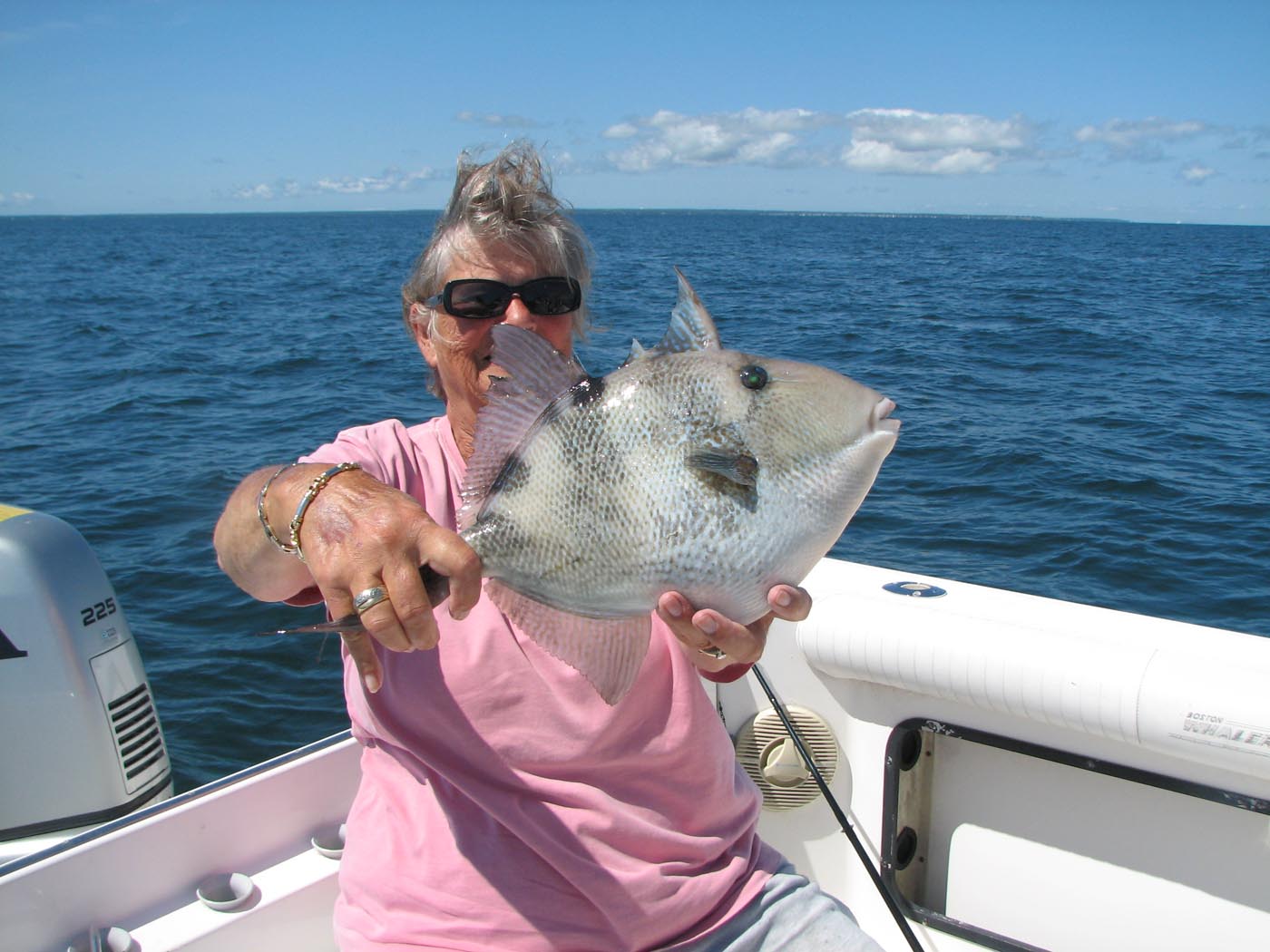The initial success of the Island’s offshore blue mussel aquaculture efforts could lead to real new jobs on the Vineyard, at a time when costs are up for fishermen but seafood prices are not keeping pace.
The Martha’s Vineyard Shellfish Group hatchery in Tisbury showcased the collaborative project Tuesday when one of the top federal aquaculture officials with the National Oceanic and Atmospheric Administration met with fishermen involved and other financial backers of the blue mussel experiment. Most of the conversation centered on the positive results so far raising blue mussels in five stations offshore in town and state waters, but the NOAA official also got a tour of the hatchery, which raises quahuags, bay scallops and oysters.
Michael Rubino, manager of the NOAA aquaculture program, came from Silver Spring, Md., and spent time talking to Rick Karney, director of the shellfish group, and looking at some of the blue mussels samples that had been recovered from an experimental station offshore.
The shellfish group is entering a second year in establishing experimental stations in state waters off Aquinnah, Chilmark and West Tisbury, to see if raising offshore blue mussels could be a viable enterprise for Island commercial fishermen. The experiment is being modeled on an already successful blue mussel farm at Isle of Shoals in New Hampshire.
This summer, local fishermen, together with the shellfish group, maintained five stations. Each station consists of a buoy, an anchor and a rope line connecting the two, which provides structure for mussels to grow on. If the experiment proves successful, fishermen could erect underwater lines that could produce bags of marketable mussels for shipment off Island.
The project receives funding from the Menemsha Fisheries Development Fund and the Martha’s Vineyard Permanent Endowment Fund, as well as state and federal help. NOAA has awarded a $214,000 grant to study blue mussel farming in the region, and half those funds are being directed to the Vineyard. Much of the Vineyard help also is being matched by Island commercial fishermen.
Mr. Karney showed Mr. Rubino positive samples of blue mussels recovered a week ago from a site off Cape Higgon, West Tisbury. There was plenty of good news to share: the mussels not only are prolific and growing to harvestable size in less than a year, but the site is attracting a natural set of juvenile blue mussels. “We’ve got good proof,” Mr. Karney said.
Mr. Karney said early indications suggest the blue mussels raised in these waters have not yet been infested with the harmless yet unappealing pea crab. Pea crabs are tiny little crustaceans that live within the shellfish. While European consumers have no problem with the little critters in the shell, seafood lovers on this side of the Atlantic would prefer not to eat blue mussels that have them.
Attending the meeting on Tuesday were other project supporters including: Scott Lindell, an aquaculture director with the Marine Biological Laboratory in Woods Hole, Sean F. Bowen, an aquaculture specialist with the state Department of Agricultural Resources, Tom Osmers, West Tisbury Shellfish Group and Warren Doty, Chilmark selectman and who runs the Menemsha Fisheries Development Fund.
After touring the Vineyard facility Mr. Rubino said he was pleased with what he saw, that these kind of projects are happening around the country. “What is going on on the Vineyard right now is typical in other places. With the high cost of gasoline, boats are tied up at the dock. The price of seafood hasn’t risen that much. We are dealing with a global market.” Communities are struggling to keep their fishing fleets viable in a changing world.
“Eighty-five percent of our seafood is imported,” Mr. Rubino said. “What do we do? How do we keep our working fishing ports, our seafood markets going? Everyone is saying aquaculture is part of the solution. Coastal communities have to find out what works.
“Different regions of the country are finding different solutions,” he said. “What impresses me about Martha’s Vineyard is that there are a group of people, town officials, watermen and researchers putting their heads together to come up with solutions.” Mr. Rubino also added that whatever solution arises will have to work with the recreational tourism industry that has already established itself on the Island. “Raising shellfish seems to work.”
Mr. Rubino described the salmon farming enterprises in Maine. While there are a lot of issues tied to creating a high-density salmon farm, a lot of players have met at the table to work out the problems. Mr. Rubino said fishermen, conservation groups, local, state and federal players have met together to see a way to make salmon farming work in Maine. Looking at the Vineyard, Mr. Rubino said it will be different for this region. “Maine didn’t have so much of a tourism industry to contend with,” Mr. Rubino said. He said he is interested in seeing what this area can doing with the raising of fish but that might not yet work on the Vineyard because of competing interests.
As far as the mussel project and others, Mr. Rubino said: “As a federal program we are hoping to support these endeavors through grants.”
The blue mussel project is being done offshore, in town and state waters. There is a lengthy permit process underway. Nearly the entire mussel farm resides below the surface, isn’t visible at the surface and can be tended only occasionally by the mussel growers.
Mr. Karney told the Gazette he envisions local commercial fishermen having a stake in the future fishery. It could augment the work they are already doing. The boats that are used are the boats they own, like lobsterboats, or boats used for pot fishing.
“We are limited in what we can do in the Island’s coastal ponds. There is only so much we can do with the culturing of oysters in the ponds. There is only so much space,” Mr. Karney said. Using the waters off the Vineyard’s shoreline offers an opportunity.
Mr. Karney said raising mussels would be less labor intensive than the cultured oyster fishery that is already being done here. “I think we are talking about a frontier that can be explored and space that can be expanded. I see this as offering real jobs.”
Mr. Karney said he was pleased by the meeting. “This is the first time we had all the parties involved together in one place. We often communicate by e-mail, but we got to meet face to face,” Mr. Karney said.
The story about the blue mussel initiative will be shared in a talk next week at a meeting of the Martha’s Vineyard Water Alliance, held at the Martha’s Vineyard Commission offices at 12:30 p.m. on Wednesday Sept. 3. Mr. Karney plans to share photographs and documentation. The event is free and open to the public.
Trigger Fish
Ursula Kreskey of Edgartown caught and released a trigger fish on Saturday afternoon, about three or four miles off Cape Pogue Light. She was fishing with Karen Kukolich in her 23-foot Boston Whaler Tippet. The two left the dock at 9 a.m. and returned at 1 p.m.
Trigger fish are common farther south. They look like a huge scup but their teeth and overall appearance indicate the clear distinction.
“At first we thought it was a huge scup. We were trying to catch black sea bass,” Ms. Kukolich said.
The two were fishing the old fashioned way: with a squid on a hook, fishing close to the bottom. “The last time I saw one was in the Bahamas,” Ms. Kukolich said.









Comments
Comment policy »